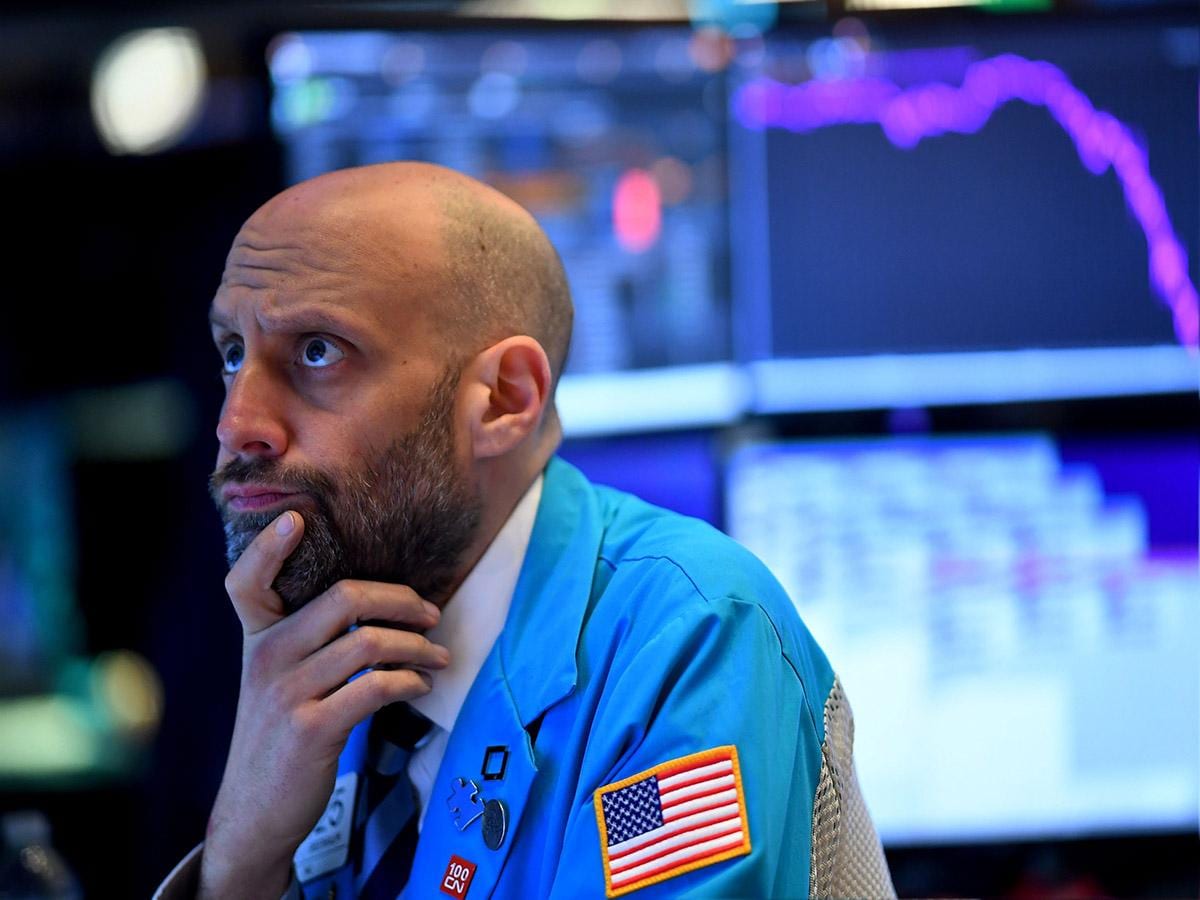The first quarter of 2020 has gone down as one for the history books. The Dow Jones Industrial Average [DJI] it fell more than 23% over the last three months, the worst quarterly performance in its 124-year existence.
The tumultuous quarter also saw the S&P 500 drop 20%, its worst quarterly decline since 2008, as volatility reached unprecedented levels. During the period Wall Street’s ‘fear index’ — the Cboe Volatility Index [VIX] — recorded a record high of 82.69 points on 16 March.
Furthermore, for both indices, this march was the worst both suffered since October 2008, despite the Dow notching its best single-day performance since 1933 in the middle of the month, CNBC notes.
“Last week’s double-digit gain for markets was a welcome relief rally, though market bottoms are rarely as clean as this one has been,” Mark Hackett, chief of investment research at Nationwide, told CNBC. “Markets will need to reflect more traditional interactions before confidence in a bottom can be reached.”
“Markets will need to reflect more traditional interactions before confidence in a bottom can be reached” - Mark Hackett, chief of investment research at Nationwide
Furthermore, as technical analyst Tom Aspray wrote in Forbes, sharp rebounds are akin to historical bear market performances on their way down to a trough.
But the fall has been unfathomable to many investors and traders, and the message is still mixed. While, for example, JPMorgan believes that some market stabilisation and revival measurements have been met, others such as those at Deutsche Bank say it’s too early to tell, according to Bloomberg.
Determining if the market has bottomed
As bulls and bears butt heads over the various market bottom calls floating about Wall Street, some indicators might help determine the answer to this question.
There are, however, five indicators that could give insight into when the turning point will occur, according to Bloomberg — pandemic, production, policies, positioning and prices.
The first comes down to flattening the curve. Any signs that global cases are declining will be a good catalyst for the markets to start recovering. According to data from Johns Hopkins University, the seven-day growth rate slowed from 123% on 27 March to 107% on 31 March, the publication notes.
“It’s hard to envision the equity market trending higher without some visibility and the curve of new cases begins to flatten out,” Terry Sandven, chief equity strategist at US Bank Wealth Management, told CNBC. “Perhaps we’ll get some of those characteristics as you look through the earnings season.”
“It’s hard to envision the equity market trending higher without some visibility and the curve of new cases begins to flatten out. Perhaps we’ll get some of those characteristics as you look through the earnings season” - Terry Sandven, chief equity strategist at US Bank Wealth Management
In the past, the rate of global production has also been a good signal of business optimism. However, any fallout from the pandemic is likely to stutter growth over the coming months, making productivity recovery forecasts tentative. For Keith Lerner, chief market strategist at SunTrust Advisory, this may already be priced in.
“The market already knows that the economic data in the weeks and months ahead will be weak. The question is whether or not it will be worse than current expectations,” he wrote in a note seen by MarketWatch.
Global policy convergence from nations to tackle the impact of the viral outbreak on economies will also be crucial. However, while the world has seen many central banks pull back interest rates, the US and China have never been so out of sync.
“The market already knows that the economic data in the weeks and months ahead will be weak. The question is whether or not it will be worse than current expectations” - Keith Lerner, chief market strategist at SunTrust Advisory
Bloomberg also notes that any changes in positioning will be a key indication. March saw an unprecedented surge in foreign investment outflows from Asian markets.
The combined net outflow from India, Indonesia, the Philippines, South Korea, Taiwan, Thailand and Vietnam hit a record of $33.3bn last month — the highest since January 2008, according to data seen by Reuters.
The last indicator to be aware of is price. As of yet, stocks have not faced the declines that markets suffered during previous recessions.
According to a recent survey by Boston Consulting Group, Fortune notes, 60% of investors are bearish on the markets for the remainder of 2020 and an uplifting 55% forecast the “severe economic impact of the crisis to have ended by the end of the third quarter”.
Continue reading for FREE
- Includes free newsletter updates, unsubscribe anytime. Privacy policy





